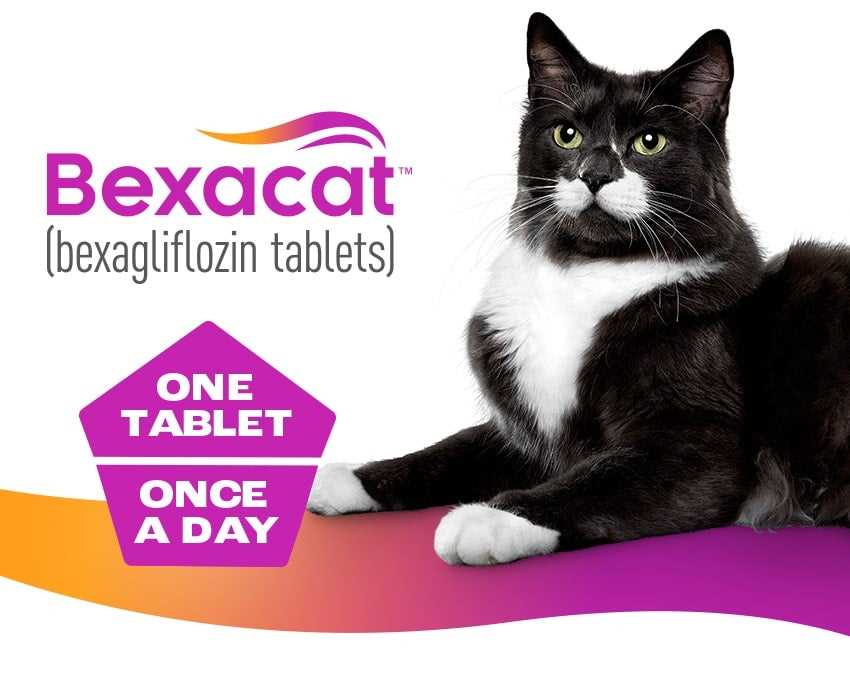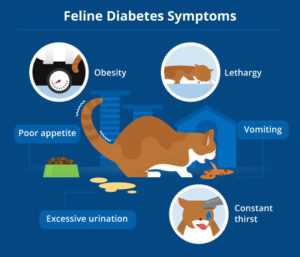Regular monitoring of glucose levels is critical. A glucometer specifically designed for pets can provide quick results. Testing should occur multiple times a week to establish a baseline and adjust any treatments accordingly.
A balanced diet tailored for those with elevated blood sugar is essential. Look for high-protein, low-carbohydrate options. Wet food may be preferable, as it often contains fewer carbohydrates than dry kibble.
Insulin therapy is often a necessary component. Administering the appropriate dosage at consistent times every day helps maintain stable glucose levels. Consult with a veterinarian to determine the best insulin type and dosage for each individual.
Regular exercise plays a significant role in managing weight and blood sugar. Engage in playful activities to encourage movement, which can aid in maintaining a healthy lifestyle.
Keep a close eye on overall health. Watch for signs of lethargy, excessive thirst, or changes in appetite. These symptoms can indicate fluctuations in blood sugar and should prompt immediate veterinary consultation.
Understanding Insulin Requirements for Diabetic Cats
The amount of insulin administered varies significantly among felines, influenced by factors such as weight, age, diet, and individual response to treatment. Typically, starting doses range from 0.5 to 2 units per injection, adjusted based on blood glucose readings. Regular monitoring ensures the appropriate levels are maintained.
Factors Influencing Insulin Dosage
Body weight plays a crucial role; heavier animals may require higher doses. For instance, a 10-pound feline might start at 1 unit, while a larger companion could need 2 units. Age also matters, as older pets often have different metabolic rates. Food intake and type influence insulin effectiveness, with low-carb diets generally improving glucose control.
Monitoring and Adjustments
Frequent blood glucose checks, ideally twice a day, help in adjusting insulin levels accurately. Symptoms of hypoglycemia, like lethargy or disorientation, indicate potential overdoses, necessitating a reduction in units. Consult with a veterinarian for a tailored insulin plan, ensuring a healthy lifestyle for furry friends.
Regular vet visits allow for ongoing assessment, ensuring the insulin regimen remains optimal. Keeping a detailed log of insulin doses and glucose readings assists in making informed decisions regarding treatment adjustments.
Choosing the Right Diet for a Diabetic Cat

Opt for high-protein, low-carbohydrate meals to support stable blood glucose levels. Canned food often provides better nutrition than dry varieties, as it typically contains fewer carbs and more moisture.
Here are key factors to consider:
- Protein Content: Ensure the diet includes at least 40-50% protein. Quality sources like chicken, turkey, or fish are ideal.
- Carbohydrate Levels: Keep carbs to a minimum. Look for foods with less than 10% carbohydrates to help regulate glucose fluctuations.
- Fiber: Incorporate fiber-rich ingredients. Soluble fiber can help manage glucose absorption, making it easier to maintain balanced levels.
- Wet vs. Dry Food: Favor wet food options. The moisture content helps prevent dehydration and encourages better kidney function.
Transition to the new diet gradually over a week to avoid digestive upset. Monitor weight closely, aiming for gradual weight loss if obesity is an issue, as this can enhance insulin sensitivity.
Regular communication with a veterinarian is crucial. They can recommend specific brands or formulations tailored to individual health needs and monitor blood glucose levels to gauge dietary effectiveness.
Monitoring Blood Glucose Levels at Home
Regular checks of blood glucose are crucial. I recommend using a glucometer designed for pets. Ensure it’s calibrated correctly for accurate readings. Aim to test at the same times daily to establish a pattern.
Before testing, make sure to provide a calm environment. Gently restrain the paw or ear where blood will be drawn. Wipe the area with an alcohol pad to minimize contamination.
For blood samples, a small drop is sufficient. After obtaining the sample, apply it to the test strip and wait for the result. Record the readings along with the date and time to track trends.
Understanding the normal glucose range is vital. Typically, levels should be between 80 and 150 mg/dL, but this can vary. Consult a veterinarian for specific target ranges tailored to individual needs.
If readings are consistently high or low, adjustments in diet or insulin may be necessary. Regular communication with a veterinarian ensures that any changes in health are addressed promptly.
In addition to glucose monitoring, observe for symptoms like excessive thirst, urination, or lethargy. These signs can indicate fluctuations in health status that may require immediate attention.
By maintaining a routine and careful observation, health can be effectively managed, leading to a happier, more balanced life.
Recognizing Signs of Hypoglycemia in Cats
Immediate awareness of hypoglycemia symptoms can save lives. Look for weakness, lethargy, or unusual behavior. When I feel shaky, it’s like my paws are made of jelly. A wobbly gait or inability to stand straight is a telltale sign. If there’s sudden disorientation or a blank stare, something is off.
Monitor for excessive drooling or rapid heart rate, which can indicate that glucose levels are dangerously low. If a feline friend shows signs of aggression or irritability, it could also mean they need glucose. Seizures can occur in severe cases, so vigilance is key.
If any of these symptoms arise, it’s crucial to act quickly. Administer a small amount of corn syrup or honey directly into the mouth to boost blood sugar. Always consult with a veterinarian following any hypoglycemic episode to adjust treatment plans accordingly.
For those furry companions prone to hairballs, considering a hairball supplement for cats can also help maintain their overall health. Proper nutrition plays a significant role in preventing these health issues.
Additionally, for pet owners who enjoy outdoor adventures, checking out the best 4×4 for family and dog can ensure safe travel while keeping an eye on wellness. Stay alert and proactive for a happy, healthy kitty life!
Adjusting Treatment Plans Based on Veterinary Advice

Regular consultations with a veterinarian are paramount. Based on assessments, adjusting insulin dosages is necessary to maintain optimal health. Every feline has unique needs; therefore, frequent blood tests help determine the correct amount of insulin. This ensures blood glucose levels remain stable over time.
Responding to Changes in Condition
If a sudden change in behavior, appetite, or energy levels occurs, it’s time to consult the vet. An increase in thirst or urination might signal the need for a dosage adjustment. Monitoring these changes closely allows for timely modifications to the treatment regimen.
Incorporating Dietary Adjustments
Diet plays a significant role in managing diabetes. A vet may recommend alterations to the feeding schedule or type of food based on weight and glucose levels. Transitioning to a low-carbohydrate diet can help stabilize blood sugar, and any changes should always be guided by professional advice.
Managing Complications Associated with Feline Diabetes
Always monitor for urinary tract infections (UTIs). Frequent urination can increase the likelihood of UTIs. Keep an eye out for changes in litter box habits and consult a vet if anything seems off.
Watch for neuropathy signs, like difficulty walking or weakness in the hind legs. This can occur due to prolonged high blood sugar levels. Regular vet check-ups can help detect such issues early.
Maintain dental health to prevent periodontal disease, which can complicate glucose control. Regular dental cleanings and at-home dental care are key components in overall health management.
Be alert for skin infections or irritations. Diabetic conditions can lead to skin issues. Ensure proper grooming and check for any abnormalities on the skin regularly.
Keep a close watch on weight. Sudden changes can indicate underlying issues. Adjusting food portions or switching diets may be necessary to maintain a healthy weight.
| Complication | Signs to Look For | Recommended Action |
|---|---|---|
| Urinary Tract Infection | Frequent urination, straining to urinate | Consult a veterinarian for urine analysis |
| Neuropathy | Weakness in hind legs, difficulty walking | Veterinary examination and possible treatment options |
| Dental Disease | Bad breath, difficulty eating, swollen gums | Regular dental check-ups and cleanings |
| Skin Infections | Redness, irritation, excessive grooming | Veterinary evaluation and treatment as needed |
| Weight Changes | Sudden weight loss or gain | Adjust diet and consult with a vet |






